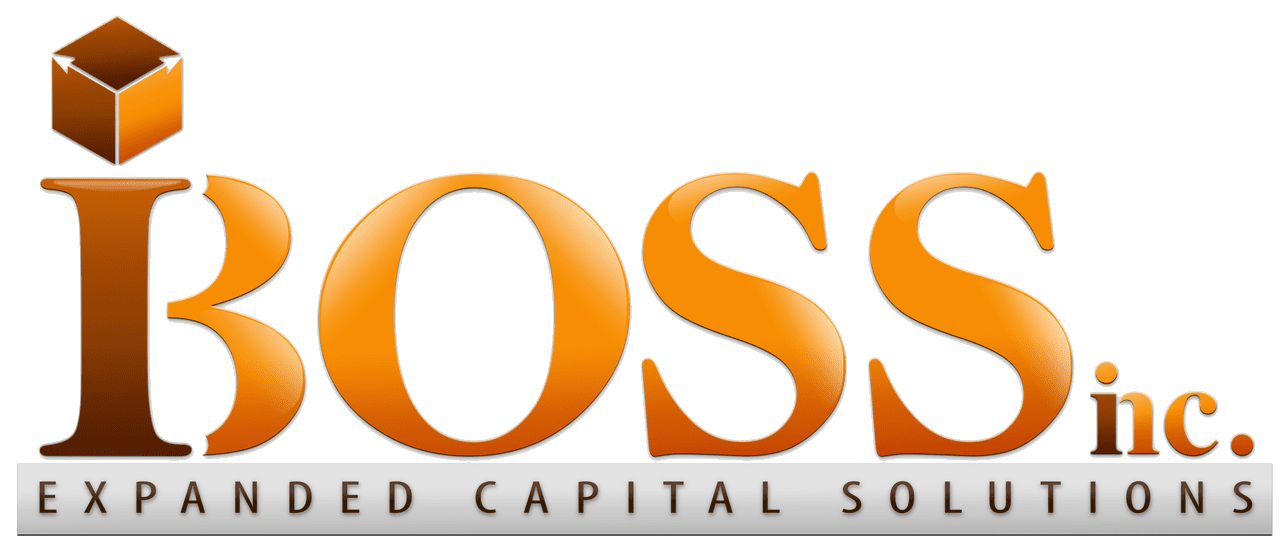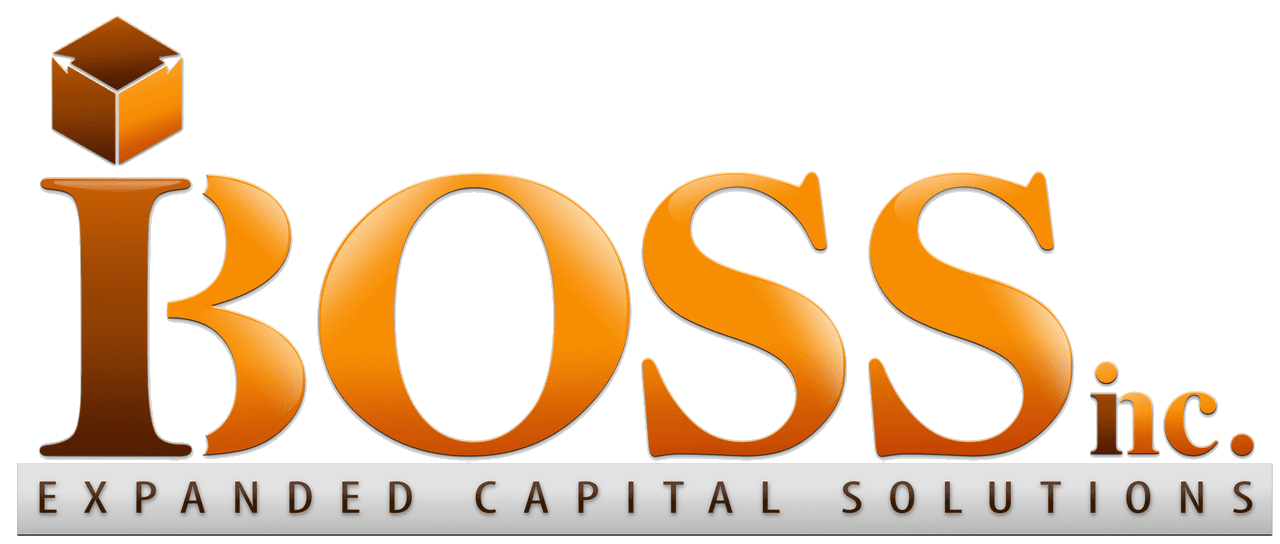02_Strategic Development from Startup to Sale-Ready
02_Strategic Development from Startup to Sale-Ready
![]() | Disclosure and Transparency Statement: This article includes AI-generated content; see the complete statement below.
| Disclosure and Transparency Statement: This article includes AI-generated content; see the complete statement below.
It is common for entrepreneurs to become so immersed in the day-to-day operations of their startup that they overlook the importance of planning for an exit strategy. Exiting the business may seem distant and irrelevant when you are just starting. However, having an exit-oriented mindset from the beginning can be essential for your company's long-term success and growth.

From the start, developing a clear exit strategy allows you to make informed decisions that align with your ultimate goal of maximizing your company's value. Instead of spontaneously making choices that may not contribute to your eventual exit, you can strategically plan each step to ensure that it aligns with your long-term objectives.
For visionary entrepreneurs, the journey from startup to sale is not merely a series of random business transactions but a purposeful and strategic endeavor. It requires forward-thinking, the ability to plan, and a deep understanding of what makes a business attractive to potential buyers.
By cultivating an exit-oriented mindset, you build your company with the end in mind. You have a clear vision of where to take your business. You are constantly working towards that crescendo - the successful exit. This mindset allows you to focus on the factors that can increase your company's value, such as building a solid customer base, establishing a unique brand, creating scalable systems, and fostering strategic partnerships.
Ultimately, having an exit strategy in place enables you to create a valuable and sellable business. It ensures that you are making conscious decisions that contribute to the long-term success of your company and position you for a successful exit when the time is right. By keeping your eyes on the future and strategically planning each step, you set yourself up for a rewarding entrepreneurial journey.
Begin with Blueprinting Your Exit
When envisioning your business as a piece of architecture, starting with a comprehensive blueprint is crucial. This blueprint serves as the foundation for your business model, revenue streams, and even an exit strategy that can enhance the saleability of your business in the future. Taking the example of a tech startup, it becomes evident that building proprietary technology can significantly increase the attraction for acquisition by a larger company. In this case, every startup innovation should be well-documented and patented, making it a valuable asset for potential buyers. By meticulously planning and strategizing the growth of your business, you can ensure that it not only thrives in the present but also holds immense value when it comes time to sell or expand through acquisition.
The Exit-Oriented Mindset
Having an exit-oriented mindset means considering the potential impact of your business decisions on your company's overall value and marketability. This mindset does not necessarily imply that you seek to sell your business. Still, it focuses on ensuring you create a strong and desirable organization that can efficiently function without its founder. The goal is establishing a business attractive to potential buyers, customers, and employees. By embedding this approach into your decision-making process, you can develop a company with the infrastructure, systems, and strategic planning to thrive independently. This strategy involves considering how each choice and action will contribute to your business's long-term success and value, even if selling is not currently on the table. Ultimately, having an exit-oriented mindset enables you to create a robust and valuable company that can sustain itself and attract potential buyers if the opportunity arises.

It's Never Too Late
For those who haven't considered their exit strategy, it's essential to understand that it is never too late to start. Whether you are an entrepreneur just starting or an established business owner, adopting a strategic approach toward your eventual exit can be highly beneficial. Even if you have been operating for several years, a 2 to 5-year window can provide ample opportunity to pivot toward strategies that enhance your exit potential. By taking advantage of this timeline, you can make meaningful changes that significantly increase the marketability and value of your business. These changes could include implementing new marketing tactics, improving operational efficiency, strengthening relationships with key suppliers or customers, diversifying your revenue streams, or even considering mergers and acquisitions. The key is to be proactive and diligent in your approach, recognizing that the steps you take now will directly impact the success of your exit strategy in the future. So, regardless of where you are in your business journey, it is always worthwhile to prioritize your exit plan and take the necessary steps to ensure a successful transition when the time comes.
The 2 to 5-Year Plan
To evaluate your business's current state, conduct a comprehensive analysis of its financial performance, marketing strategies, operational efficiency, and market position. Review key financial statements, analyze marketing efforts, streamline operations, and stay informed about industry trends to make informed decisions and drive success.
Start by conducting a comprehensive evaluation of your business within the specified timeframe:
- Operational Efficiency: Streamlining processes is crucial for businesses to boost profitability. It involves eliminating inefficiencies, automating tasks, and using technology to simplify workflows. This enhances productivity and ensures optimal resource utilization. Streamlined processes also enable quick response to market demands and customer needs, improving satisfaction and loyalty.
- Financial Health: To ensure accurate and transparent financial reporting, organizations should prioritize cleaning up their books and implementing robust accounting systems. This process helps identify and fix past discrepancies and errors, instilling confidence in stakeholders like shareholders, investors, and regulators. Transparent financials enable informed decision-making, while robust accounting systems automate processes, minimize human error, and promote consistency in reporting.
- Customer Base Diversification: Businesses should not rely too heavily on a small number of large clients. Suppose these clients reduce their business or stop working with the company. In that case, it can harm its income and financial stability. Instead, businesses should diversify their client base to stabilize their income. This can be done by expanding into new markets, targeting different industries, and attracting a more diverse customer base.
- Strong Management Team: To attract buyers, having a team that can run your business independently is essential. This shows that your business is sustainable and not reliant on one person. It also provides stability and security to potential buyers. Your team should have the skills and experience to handle all aspects of the business. Empowering them to make decisions will make your business more appealing to buyers and allow you to focus on other areas.
- Growth Trajectory: Positioning your business in a growth market is an intelligent move for success. It allows you to tap into increasing demand and be ahead of your competitors. It also provides a broader customer base and higher revenue potential. Being in a growth market ensures resilience during challenging times. Overall, positioning your business in a growth market offers excellent opportunities for expansion and long-term success.
Value Propositions that Appeal to Buyers
When developing your business's value proposition, thinking beyond just the appeal to customers and future buyers is crucial. A prime example is a boutique marketing firm that positions itself as an expert in a niche market. Focusing on a specific area of expertise makes this firm highly desirable to larger companies aiming to expand their services or reach that market. This highlights the importance of considering how your products or services will differentiate themselves in the general marketplace and the mergers and acquisitions (M&A) market. By identifying unique selling points and showcasing the potential for growth and collaboration, your business becomes more attractive to potential strategic partners or acquirers. Hence, it is essential to deeply analyze and understand the value you can bring to customers and possible business deals. This can position your business for future success and growth, attracting opportunities and driving long-term sustainability.
Scalability and Systemization
Scalability is essential to business development, allowing for increased revenue with minimal additional expenses. For solopreneurs who offer consulting services, developing scalable online courses can be a viable option. These digital products have the potential to attract a broad customer base and appeal to buyers seeking a business with significant growth opportunities and low operational costs.
Furthermore, systemization is crucial in ensuring your business can operate smoothly without requiring constant personal involvement. By documenting processes and implementing standard operating procedures (SOPs), you enhance your company's appeal to potential buyers by reducing the risk of disruption during transition periods.
Financial Foresight: The Backbone of Sale-Ready Businesses
Maintaining your financials is crucial for your business's overall health and success. It is equivalent to regular check-ups and taking necessary measures to maintain good health. Take a small retail business as an example – it is essential to have efficient inventory tracking and cash flow management systems in place. These systems facilitate smooth day-to-day operations and demonstrate to potential buyers that the business is well-monitored and managed. This, in turn, makes the business less risky and more attractive to potential investors or buyers. When potential buyers see that a business has a firm handle on its financials, it instills confidence in them, assuring them that the business is in good shape and capable of generating steady profits. Therefore, investing time and effort into ensuring your financials are in order is a wise move that can ultimately contribute to your business's long-term success and growth.
Building a Strong Team
A capable and reliable team is crucial for any business, as it ensures smooth operations and makes the company more attractive to potential buyers. This is particularly true for a microbrewery owner looking to sell their business. By training their staff and creating a solid management team, the owner enhances the overall quality of their business and makes significant selling points. A well-trained and efficient team translates into business stability, often a top priority for buyers. Buyers are more likely to be interested in a business with a reliable and skilled team, as it promises continuity and minimizes the risk of disruptions or operational issues. Therefore, by prioritizing the development and maintenance of a capable and reliable crew, the microbrewery owner is increasing the value of their business and making it more appealing to potential buyers.
Maintaining Impeccable Records
Maintaining meticulous records from the beginning is crucial for any business, and this holds particularly true for a home renovation company. A home renovation business can significantly enhance its chances of a successful exit by keeping detailed records of contracts, customer communications, and project portfolios. These records serve as a valuable reference point and provide tangible proof of the business's success and operational integrity. When potential buyers or investors come into the picture, they will be impressed by the organized and thorough documentation that the company has maintained. These records showcase the professionalism and commitment of the business in delivering quality services to its customers. Moreover, they enable potential buyers or investors to gain insights into the company's past projects, customer satisfaction, and overall financial performance. As a result, meticulous record-keeping becomes an invaluable asset during the exit process, as it helps establish trust, instill confidence, and increase the business's perceived value.
Proactive Strategies in Motion
When tackling challenges and achieving success, proactive strategies become crucial. Proactive strategies are action plans before any problems arise or opportunities surface. These strategies help individuals or organizations stay ahead by identifying potential issues and taking preemptive measures to address them. By taking a proactive approach, individuals can minimize risks and maximize opportunities.
Proactive strategies are rooted in foresight and a forward-thinking mindset. This involves scanning the environment for potential threats or options, analyzing trends and patterns, and making well-informed decisions based on the analysis. Proactive strategies also include setting clear goals and objectives, creating a roadmap to achieve them, and continuously monitoring progress to ensure that actions align with desired outcomes. By implementing proactive strategies, individuals and organizations can effectively navigate uncertainties and complexities, improve performance, and stay ahead of the competition in an ever-changing world:
- Systematization: The software development firm is focused on standing out and showcasing its expertise. They use advanced project management systems to streamline operations and manage projects effectively. This sets them apart and impresses potential acquirers.
- Scalability: A boutique marketing agency has devised a comprehensive training program to onboard new talent efficiently, showcasing its ability to adapt and expand for potential clients.
- Niche Specialization: A small e-commerce store specializing in eco-friendly products has strategically shifted its focus, positioning itself as a desirable acquisition for larger companies seeking to penetrate the lucrative green market.
- Intellectual Property: A technology startup prioritizes patenting its products to enhance value by safeguarding its intellectual property rights.
- Recurring Revenue Models: A nearby fitness center is implementing a membership model, which will provide them with a consistent cash flow and a more reliable source of income.

The Exit Plan Documentation
Documenting your exit plan is an essential step in the overall process of formulating and implementing it effectively. It is not enough to develop an exit plan; you must also document it thoroughly. This documentation should be considered a living document revisited and revised annually to ensure its accuracy and relevance.
The purpose of documenting your exit plan is two-fold. Firstly, it serves as a roadmap for your business, providing a clear and detailed outline of the steps needed to achieve your long-term goals. Without this roadmap, it can be easy to lose sight of your ultimate objective and become side-tracked by short-term decisions that may not align with your exit strategy.
Secondly, documenting your exit plan constantly reminds you of your long-term goals. It serves as a tangible reminder of what you are working towards and helps to keep you focused on the end game. When faced with various business decisions, referring to your exit plan can help you make choices that align with your desired outcome.
By regularly revisiting and revising your exit plan, you can ensure that it remains relevant and up-to-date. The business landscape is constantly evolving, and what may have been a viable exit strategy one year may no longer be feasible the next. By reviewing your Plan annually, you can catch any potential gaps or inconsistencies and make the necessary adjustments to ensure its continued effectiveness.
Conclusion: A Sale-Ready Business
Integrating exit strategies into the DNA of your business is an essential step in creating a resilient entity that can thrive independently and appeal to potential buyers. Whether you are a young startup just beginning to navigate the business world or a well-established small business looking to expand or transition ownership, this holds. It is crucial always to align your business practices with your end goals, as this mindset sets you apart from others who may view the idea of an exit as a distant or unlikely event. Adopting this forward-thinking approach makes your business robust, scalable, and attractive to potential buyers.
Furthermore, implementing these strategies allows you to lay a solid foundation that will remain firm even when the time comes to hand over the keys to a new owner. Through strategic planning and the development of a comprehensive exit strategy, you can ensure that your business is ready to be sold when the time is right, giving you the ability to exit on your terms and with confidence in the value of your enterprise.
This article focuses on practical steps and real-world examples illustrating how an exit strategy can be woven into daily business operations. The 2 to 5-year window provides a tangible timeline for businesses at any stage to begin preparing for a future sale.
In the following article, we will explore the indicators that signal the right time to sell, ensuring that you maximize the fruits of your labor when that moment arrives.
Previous Week - Beginning with the End in Mind: An Overview of Mastering Your Business Exit / Unlocking the Exit Strategy for Solopreneur Concerns through Small Business Owners
Disclosure and Transparency Statement:
This article is founded on my industry knowledge and expertise coupled with the assistance of artificial intelligence (AI) tools to enhance the breadth and depth of the information presented. As a committed advocate for small businesses and a pioneering voice in expanded capital solutions, I leverage technologies such as OpenAI, Bard, Bing, Claude, Grammarly, and other aids in my productivity, research, and composition processes interchangeably. This includes writing, editing, refining, or assisting in creativity, brainstorming, or outlining. The core substance of this content is sourced and prompted by my extensive experience and industry acumen of over 30 years. This and other blog posts have been refined to provide clarity and substance in service to the readers' success.






